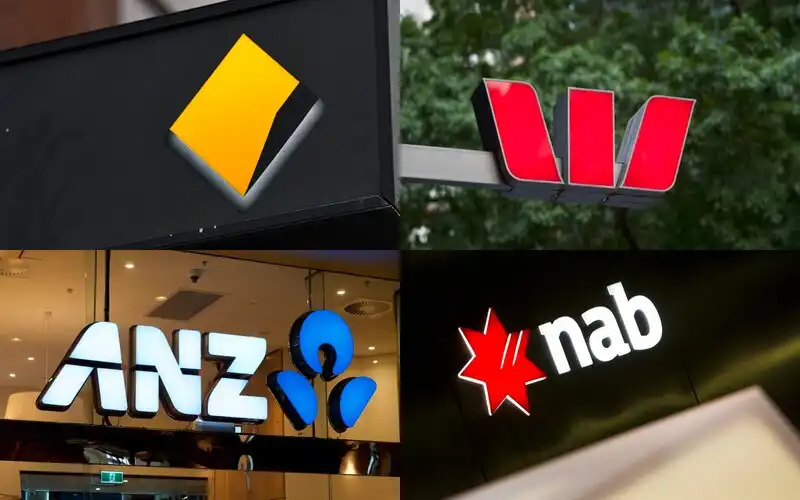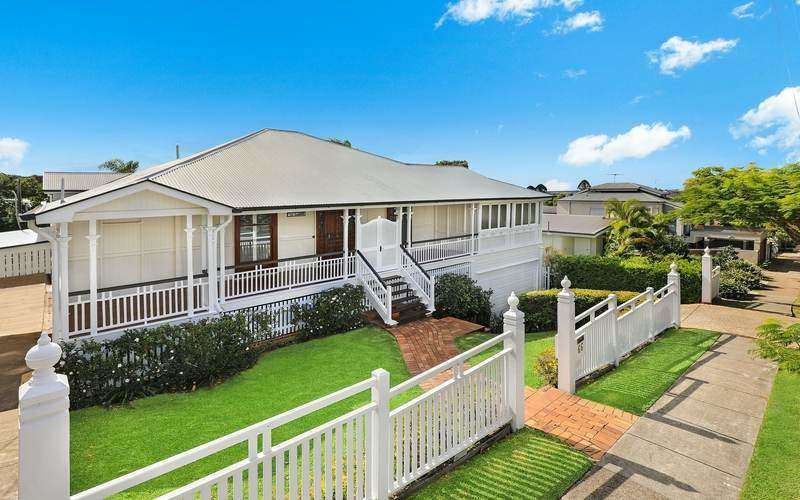The Australian Prudential Regulation Authority (APRA) data shows that up to 30 June, total loans deferred amount to $274 billion.
Home loans make up $195 billion of that figure, while small business loans account for $55 billion, or 17% of the total small business loan book in Australia.
A bulk of the home loans deferred come from investors, at 34% of deferrals.
Additionally, while 95% loan-to-value ratio loans make up just 5% of the overall loan book, they account for 8% of deferrals.
Buying a home or looking to refinance? The table below features home loans with some of the lowest variable interest rates on the market for owner occupiers.
| Lender | Home Loan | Interest Rate | Comparison Rate* | Monthly Repayment | Repayment type | Rate Type | Offset | Redraw | Ongoing Fees | Upfront Fees | LVR | Lump Sum Repayment | Additional Repayments | Split Loan Option | Tags | Features | Link | Compare |
|---|---|---|---|---|---|---|---|---|---|---|---|---|---|---|---|---|---|---|
6.04% p.a. | 6.06% p.a. | $2,408 | Principal & Interest | Variable | $0 | $530 | 90% | Featured 4.6 Star Customer Ratings |
| |||||||||
5.99% p.a. | 5.90% p.a. | $2,396 | Principal & Interest | Variable | $0 | $0 | 80% | Featured Apply In Minutes |
| |||||||||
6.09% p.a. | 6.11% p.a. | $2,421 | Principal & Interest | Variable | $0 | $250 | 60% | Featured Unlimited Redraws |
|
"The housing risk profile shows that housing loans granted repayment deferrals are more likely to be extended to owner-occupier borrowers, subject to principal and interest repayments, and have higher loan to value ratios than all housing loans," APRA's report said.
In June, $40 billion worth of loans were approved for deferral, while $18 billion exited deferral.
Small business loans experienced a decrease in the deferral rate - down to 17% from 18% from May to June.
Loan deferrals were initially announced by the Australian Banking Association in March, with deferrals set to last for six months, but in early July deferrals were extended for another four months.
The risks of deferring
Although borrowers may not have to pay anything during a deferral, interest is still capitalised, meaning they could be paying more over the life of the loan.
With total loan deferral periods lasting up to ten months, in late March Standard and Poor's said Australian 'prime' mortgage bonds have enough cash reserves to last nine months of falling investment levels.
Falling investment levels could result in mortgage bond rating downgrades, which could tighten credit at the retail level, similar to what was seen during the global financial crisis from 2007 to 2009.
Additionally, research from investment bank Morgan Stanley found 55% of mortgage holders in Australia were receiving some form of income support, with 15% of those surveyed receiving unemployment benefits such as JobSeeker.
Investment commentator Alan Kohler wrote in The Australian that borrowers are heading for a fiscal cliff.
"The average mortgage is $467,700, so those people collectively owe more than $1 trillion," he said.
"Even if this group’s average mortgage is half that, and even if only a third of them don’t get a job and can’t meet their repayments, the loans in default would be equal to the entire capital of the Australian banking system."

Ready, Set, Buy!
Learn everything you need to know about buying property – from choosing the right property and home loan, to the purchasing process, tips to save money and more!
With bonus Q&A sheet and Crossword!






 Emma Duffy
Emma Duffy
 Harrison Astbury
Harrison Astbury
 Rachel Horan
Rachel Horan

 Harry O'Sullivan
Harry O'Sullivan

